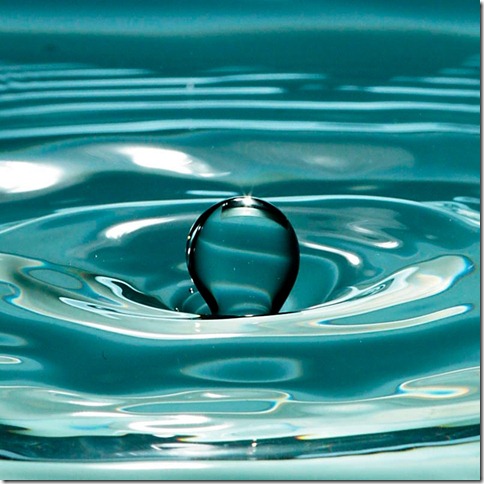Ok, give monkey camera and they can take interesting photos, but can they make master pieces? Or better yet, do monkey know what make their work interesting?
I’m afraid monkey won’t pass this intelligent test. They don’t yet have language capability for identifying some formal elements in their “creation”. Everything for them is intuitive.
Formal elements allows the artist to work in a conscious way, it allows him to work at a higher level. It’s tools that he can choose to use. Although, sticking to the formal elements too strictly may causes the work to be rigid, and unimaginative.
So what are formal elements in dance photography?
Like language, which is always evolving, formal elements in photography depend on cultural background of the person viewing the photo. it changes from person to person, and it evolves with time. Here are some formal elements I found very useful for my purpose.
Key.
Like major and minor keys in music, high key and low key in a photo strongly affects the overall emotional mood. High key images fills the space with predominantly white, it gives impression of abundance of light. The mood it renders is usually uplifting. Low key images on the other hand fills the space with predominantly black. Light is most likely strongly directional. The mood it arises can be mysterious, emotional intense, and powerful.
Like music has keys in C, D, G…, overall color theme in a photo casts different mood to the image. Like music can be written without a dominant key, many photo don’t show a clear color tone too. Some time, it is a conscious choice.
Movement
One way to work in photo is to find movement in stillness, while video is to find stillness in motion. In a still photo, movement can not be presented literarily, it has to be inferred. A perfect snap shot of a bullet in air appears to be motionless, even thought it is traveling very fast. Several techniques can be used to to infer the movement, like motion blur, strong perspective distortion, and converging lines.
In situations where movement is to be expected, stillness works the wonder. Like this water drop, frozen in space and time, creates a new reality.
Rhythm
Rhythm in music is the interplay of regular and random in cutting the time. Repeating patterns in time domain translate time into something still. Causality, the arrow of time progression no longer exist. Something in the future becomes the past. It is time disappeared. Totally repeating patterns are not usually interesting though, unless you are in a trance. Certain unexpected elements need to be included to break the symmetry.
An interesting thing about time is that it disappears in a repeating pattern, it also disappears if everything is totally random and unrelated, as causality is absent. Although human brain is constantly looking for relationship even in places it absent. So we can construct certain artificial causality. Many art work use this to create interesting effect. Too random though, our brain will give up.
In a picture with many repeating patterns, rhythm becomes an important formal element of the photo. In music, it transforms time, in image, it transform the space. Spatial relationship is replaced by interaction between those repeating elements. Taking example of the sequence “…ABABABAB…”, is A on the left of B, or B on the left on A?
Perspective
In life, we like to say, “It’s all about perspective”, or, “change your perspective”. So should we in taking photo.
Monkey picks up camera and just shoot whatever. Human on the other hand, are aware of many factors, like camera direction, angle, height, distance to subject, even the focal length of lens. Perspective is related to all of those and also, it is about how you place you subject in it’s environment (put in context), how you contrast foreground and background.
Perspective plays the major role in telling story using photo. In a way which focal length do you use determines how you tell story.
Tele-lens pulls the subject close to the viewer, provide viewer a safe distance to observe. The images are powerful. Psychologically, viewing a image by tele-lens is “close” and yet kept in distance. The focus is usually on the subject itself, and the environment is usually not important.
Wide-lens on the other hand, forces you to include the environment, it put the viewer right into the location or event. It is excellent in telling story in the context of environment. Used right, the strong perspective distortion creates movement and drama.
The danger of wide lens is also in it distortion. We feel something is not “normal”. We would like to believe the experience, but we are not quite convinced.
Then there is “normal” lens, or called standard lens. In 35mm days, that means 50mm. For large format, it can be as long as 180mm. For most digital SLR these days, it is usually between 30mm to 35mm.
Normal lens produces most “normal” images. It sees the world in a perspective just as how our eyes usually sees it. It is also the most difficult lens to use. Without the drama of wide and intimacy of tele, normal lens forces the photographer to place himself in the scene at the right perspective for all those drama and intimacy naturally happens. Obviously this is very difficult. But done right, it produces photos that really draws the viewer in and is very enduring.
There are other formal elements in dance photography. They are tools to use in making effective images. Like tools, they are meant to be updated and replaced when time is right.






